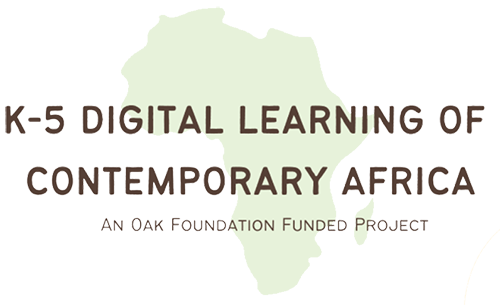Home
See the Carolina Digital Repository for additional images and videos collected in Senegal and Ghana.
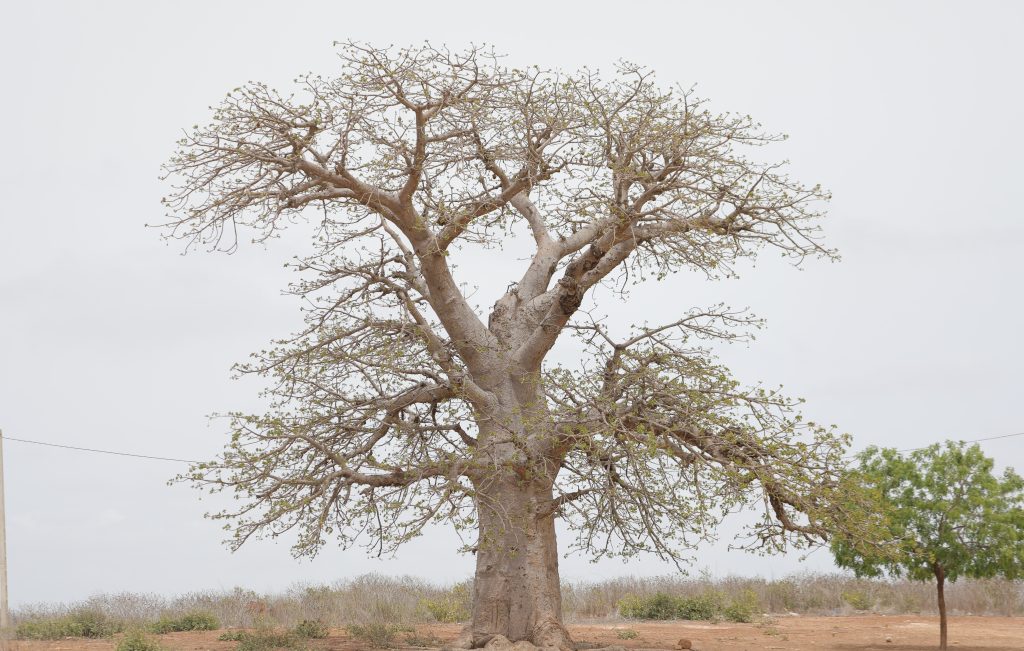
The Tree of Life: A National Symbol
In this lesson, students will be able to explore the cultural and historical significance of Senegal’s National symbol, the baobab tree.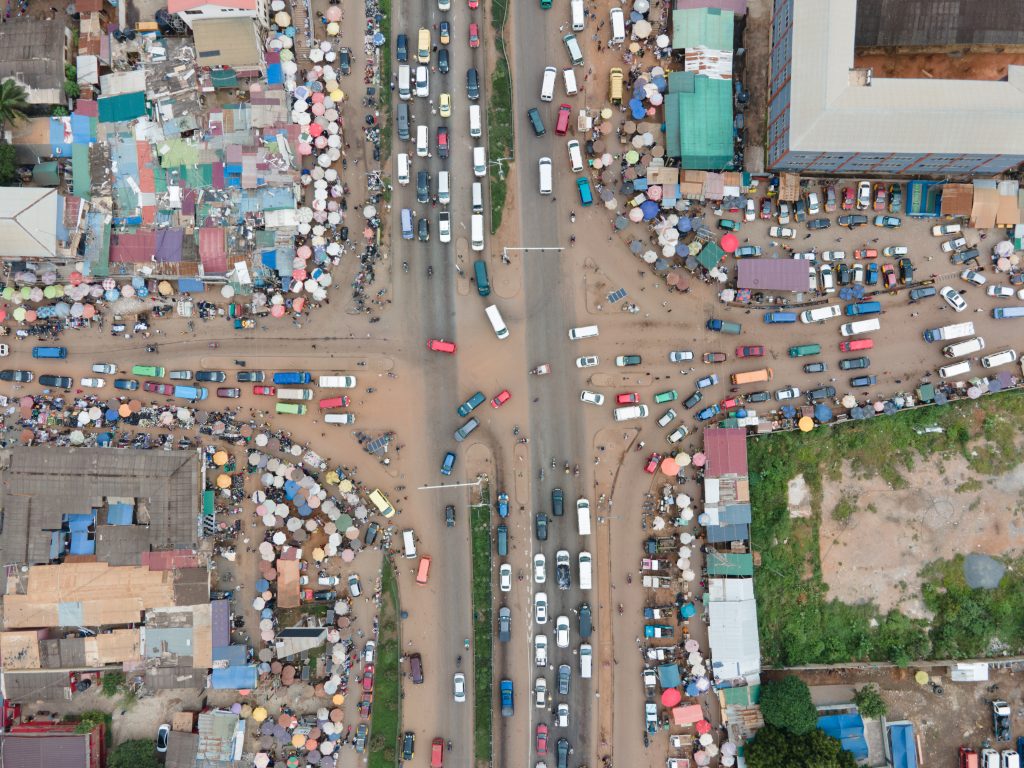
Akwaaba ba Ghana: Welcome to Ghana!
In this lesson, students will be able to identify Ghana’s physical location as well as apply terms such as rural/urban and goods/services to Ghana and their own communities.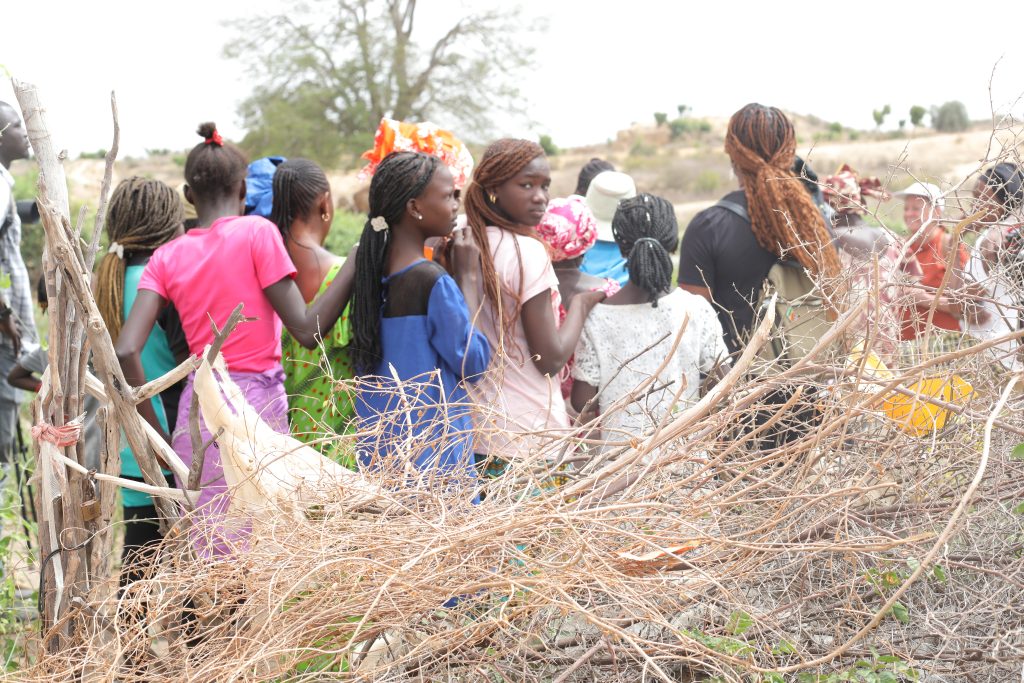
The Women of Senegal
Students will examine the roles of women in contemporary Senegal, including but not exclusive to family and economy.
The Women of Ghana
Students will examine the roles of women in contemporary Ghana, including but not exclusive to family, arts and literature, politics, and economy.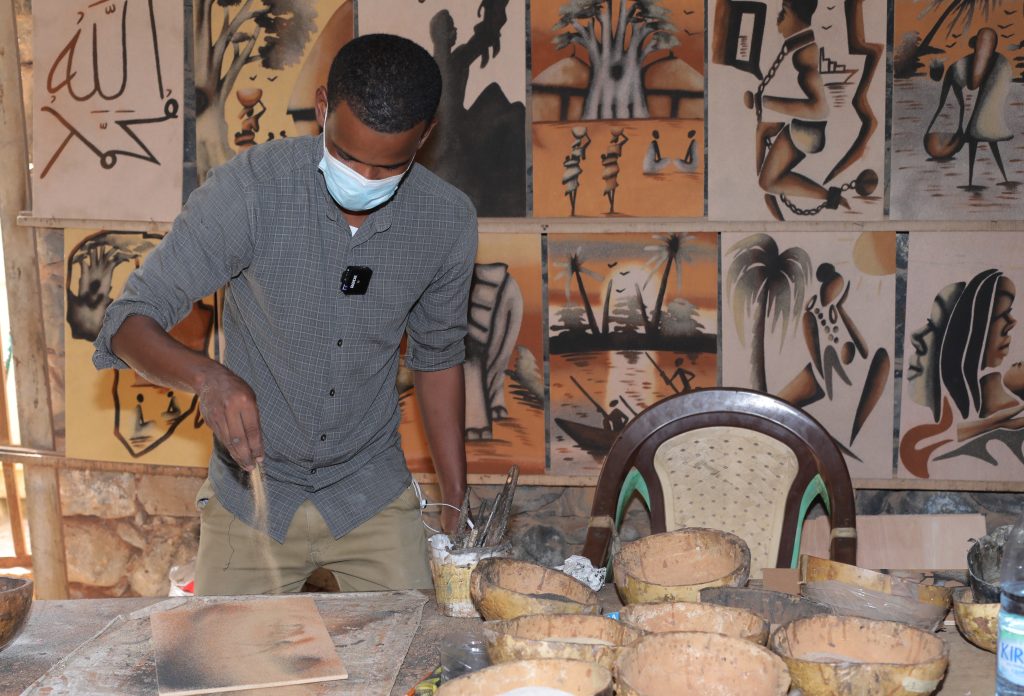
The ABCs of Senegal
Students will explore images from in and around Dakar, drawing conclusions, adjusting misconceptions, and diving deeper into Senegalese culture in grade level appropriate ways.
The ABCs of Ghana
Students will explore an overview of contemporary Ghana with images presented in a digital alphabet book written in verse. They will draw conclusions, adjust misconceptions, and dive deeper into Ghanaian culture in grade level appropriate ways.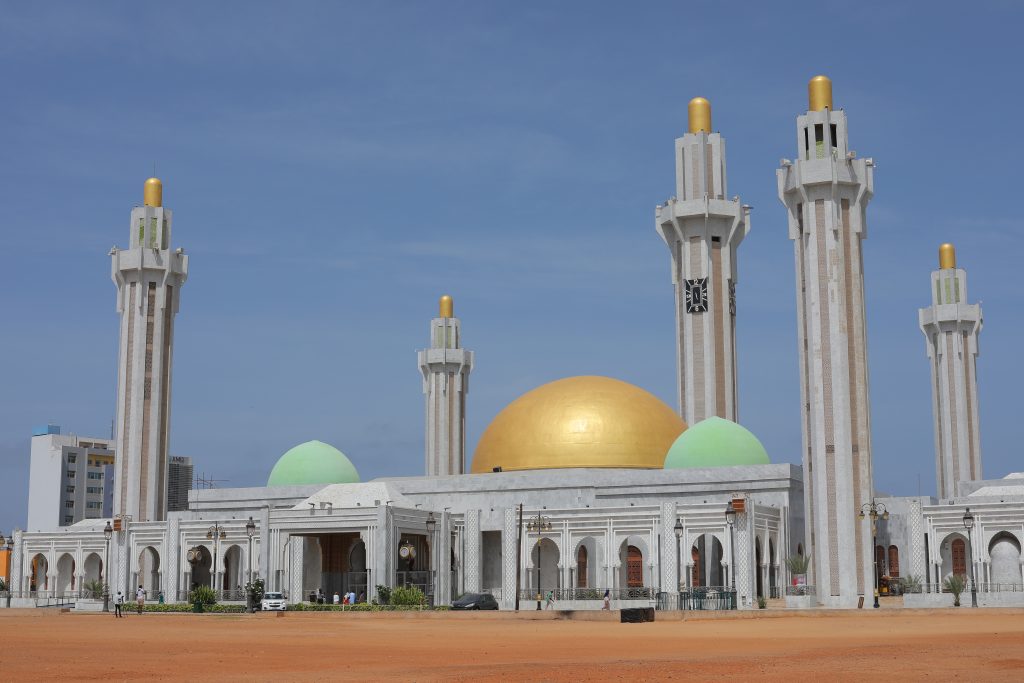
Religion in Architecture
In this lesson, students will explore and compare major religious landmarks in Senegal.
Ghana’s History through Architecture
In this lesson, students will be able to explain how places are locations with distinctive, meaningful characteristics through looking at architectural styles in Accra and other parts of Ghana.
Food in Senegal
Students will explore the food of Senegal, including traditional dishes and food sources.
Food of Ghana
Students will explore the food of Ghana including traditional dishes and food sources. They will compare them with those of North Carolina, and discuss regions and why some items are more common in specific areas (rural, urban, coastal).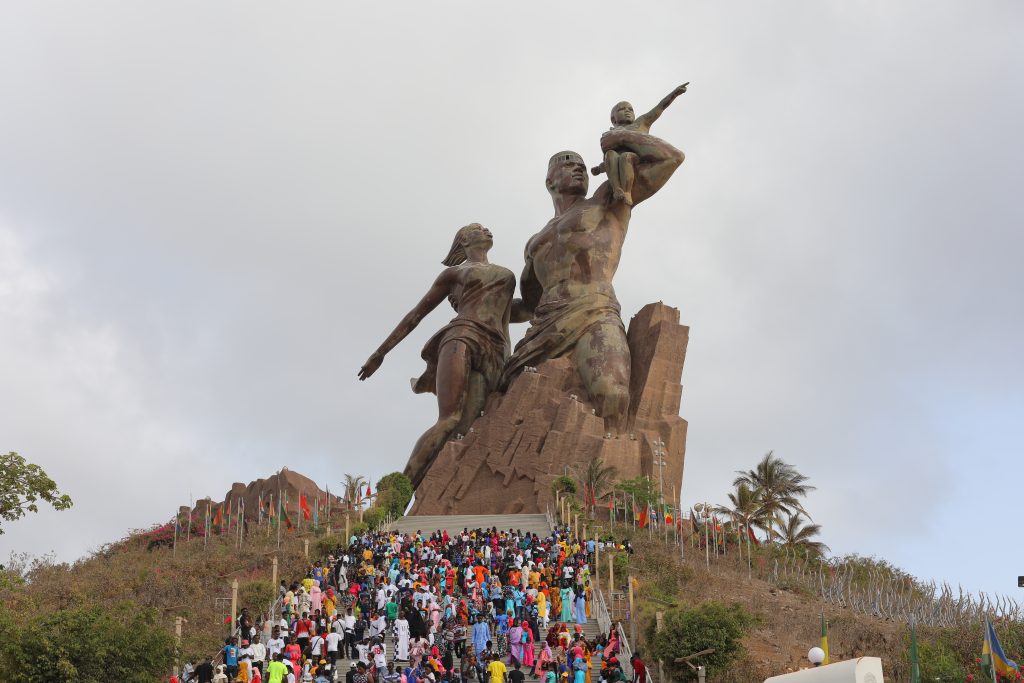
Folktales of Senegal
Students will explore traditional folklore of Senegal, and make connections to familiar traditional folktales and to Griots.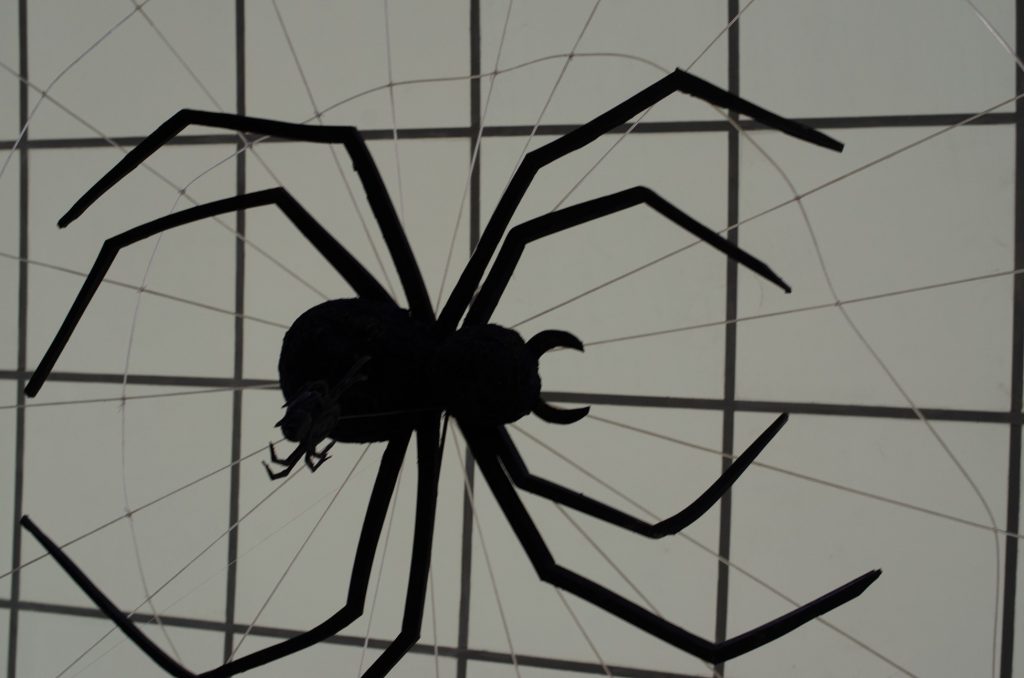
Ghanaian and African-American Trickster Folktales
This lesson plan will compare and contrast Ghanaian and African American Trickster Folktales.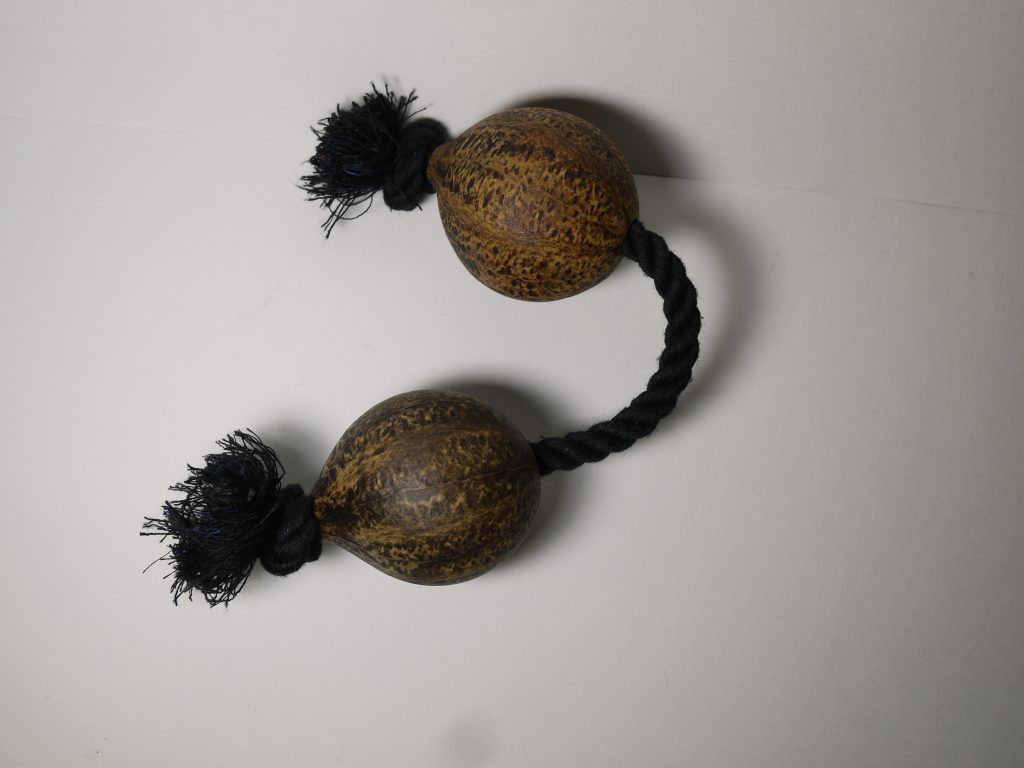
The Cas Cas (A West African Percussion Instrument)
Students will be able to learn about the Cas Cas and will be able to make and play their own instruments with the help of their teacher.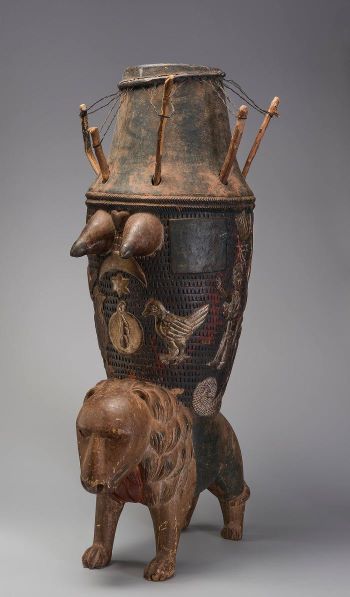
Exploring Asante Proverbs on a Ntan Drum
Students will look closely and carefully at images of the Ackland Art Museum’s Ntan Drum and consider how the imagery on the object communicates Asante proverbs.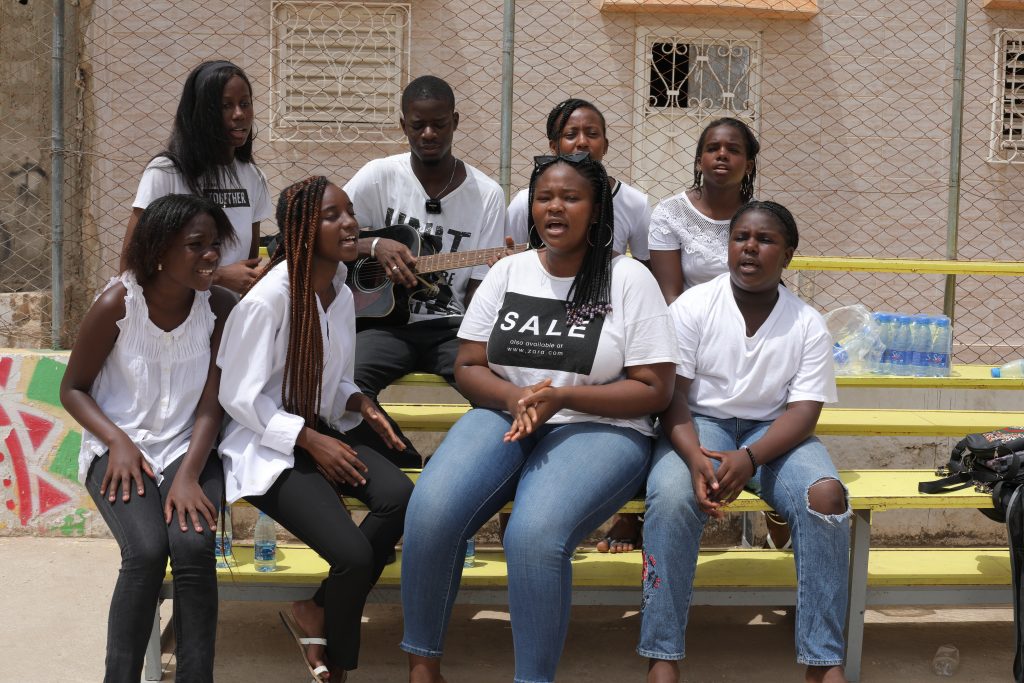
Senegalese Children’s Songs, Lullabies & Hand Clapping Games
In this unit of study, you will discuss how different cultures have their own children’s songs, lullabies, and singing games.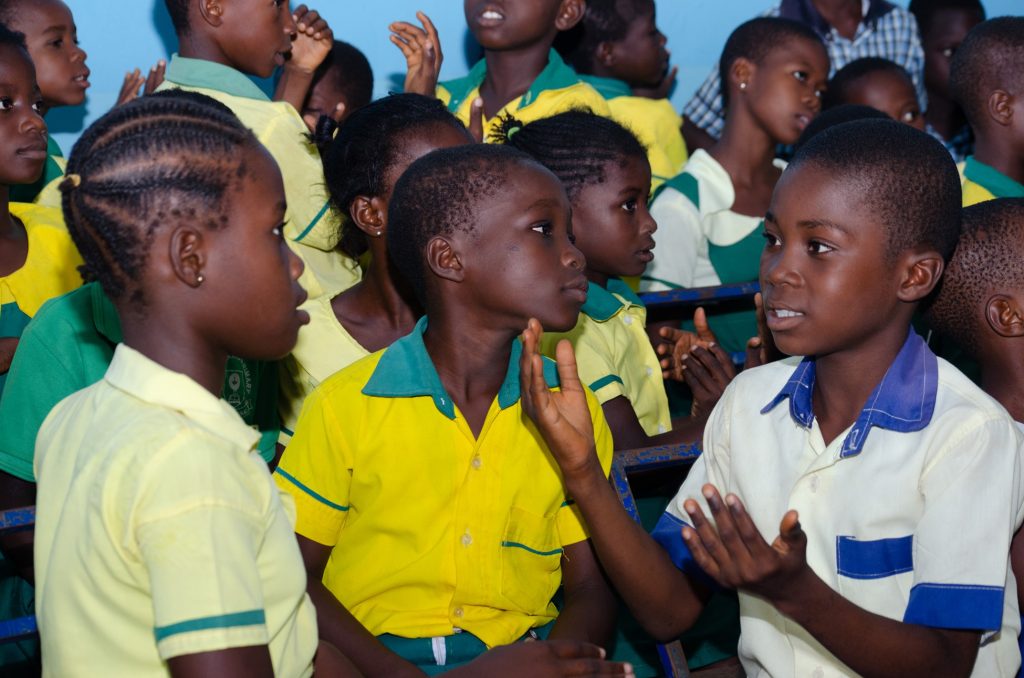
Ghanaian and African American Hand-Clapping Songs
Students will learn about Ghanaian and African American hand-clapping games that teach about their cultural traditions through repeated hand-movements, patterns, and songs.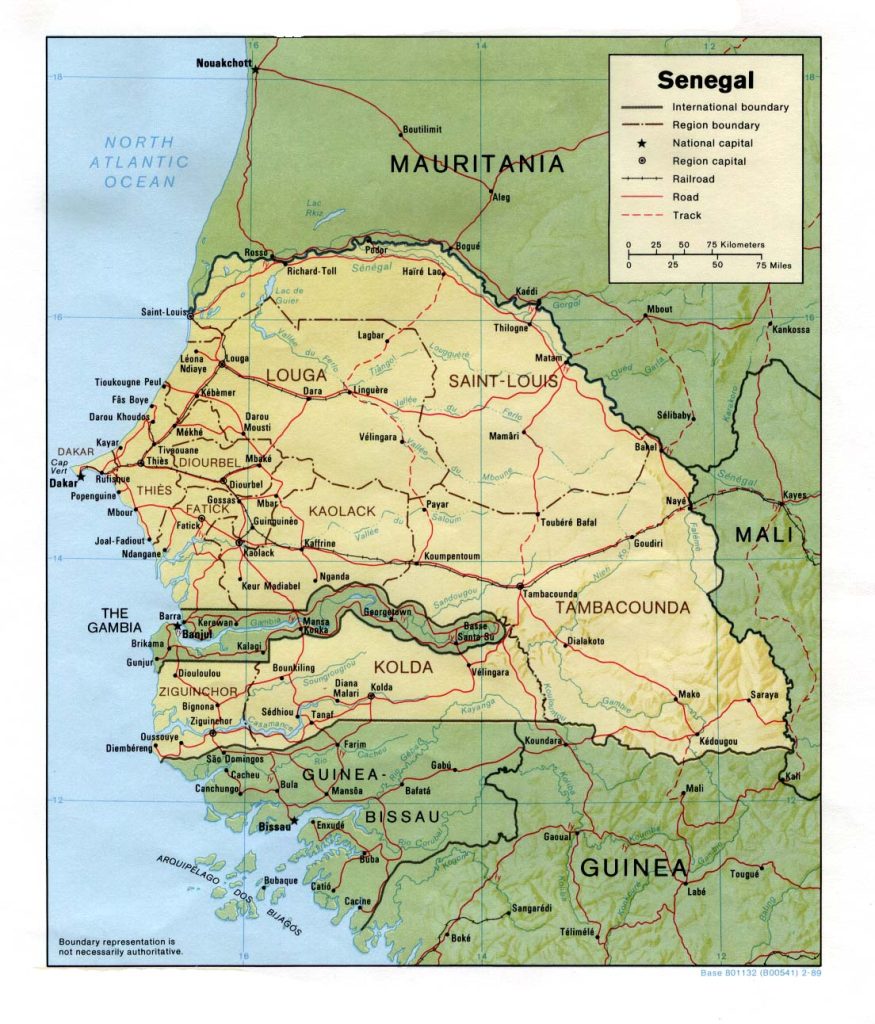
Storytelling through Maps
In this lesson, students will look at different types of maps from Senegal and use them for fact finding and to draw conclusions about life, the economy, and the environment in Senegal.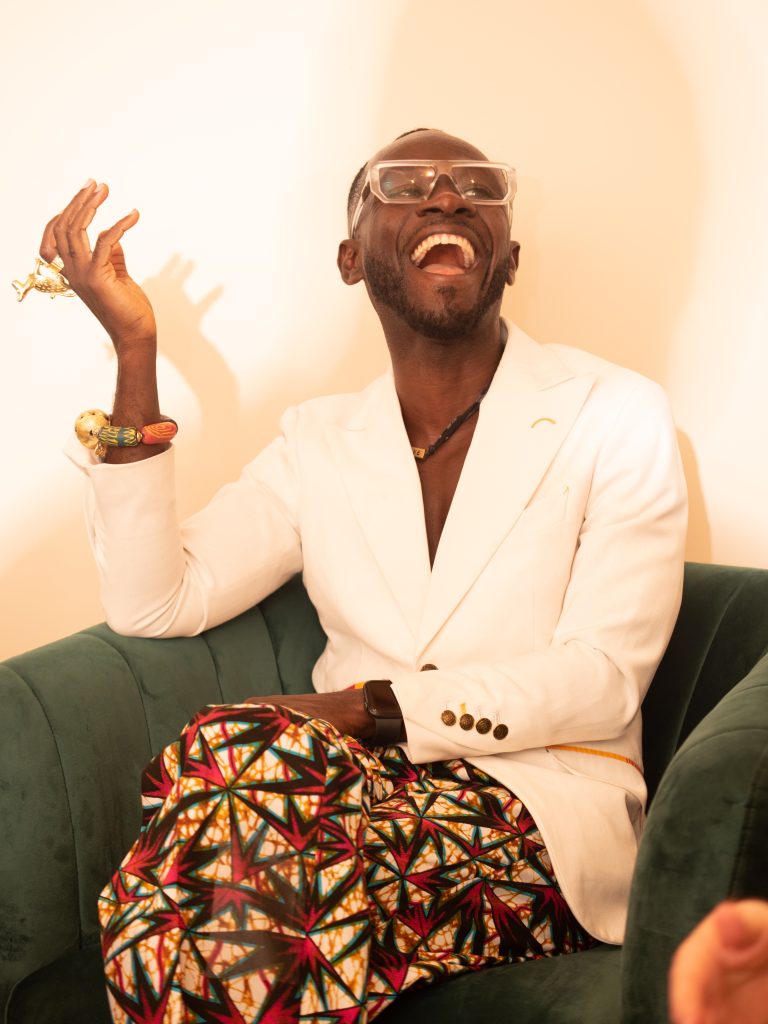
Return to Ghana: 2019 Year of Return
In this lesson, students will explore and apply the concept of “return” within the contemporary and musical context of Ghana.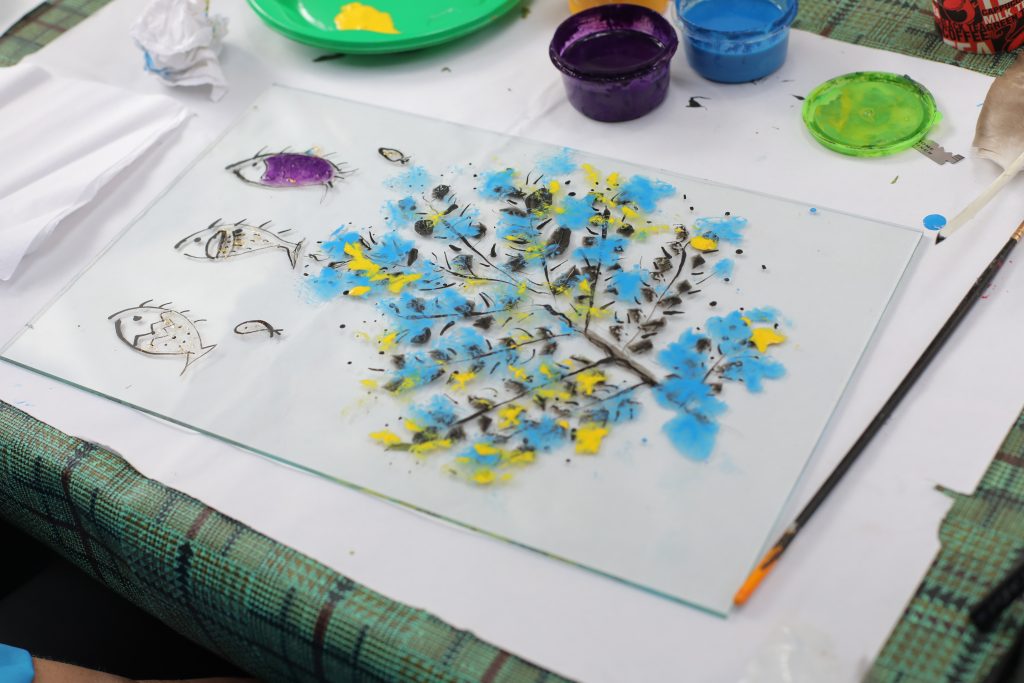
Souwere in Senegal (Sous-Verre)
This lesson plan teaches the art form Sous-Verre through the lens of Senegalese culture.
Return to Ghana through Historical Sites
In this series of lessons, students explore and apply the idea of “return” and “remembering” within the lens of historic sites in Ghana.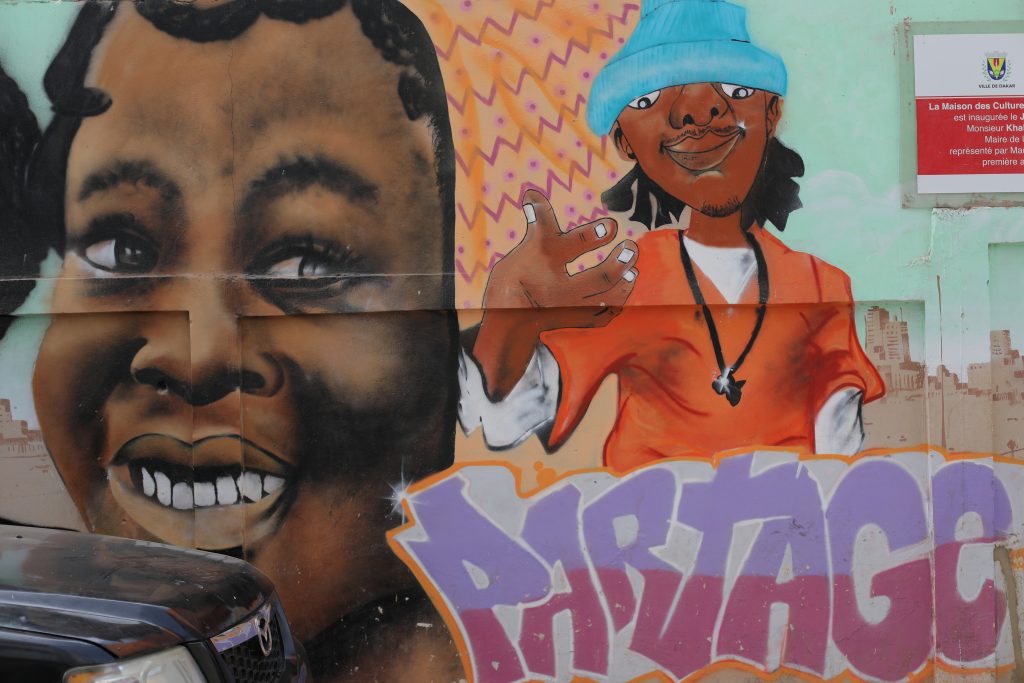
Senegalese Protest Music and American Hip Hop Activism
This unit explores the similarities and differences of hip-hop activism in Senegal and the United States.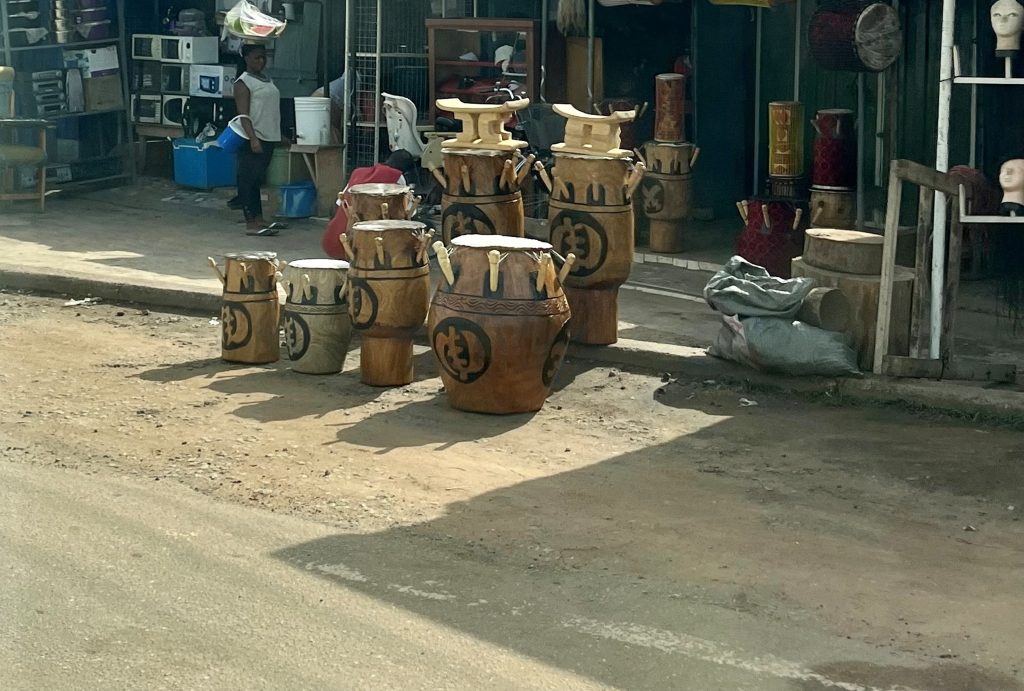
Kpanlogo: A Celebration Through Dance
This lesson focuses on the Ghanaian style of drumming and dance called Kpanlogo and how it gained its popularity.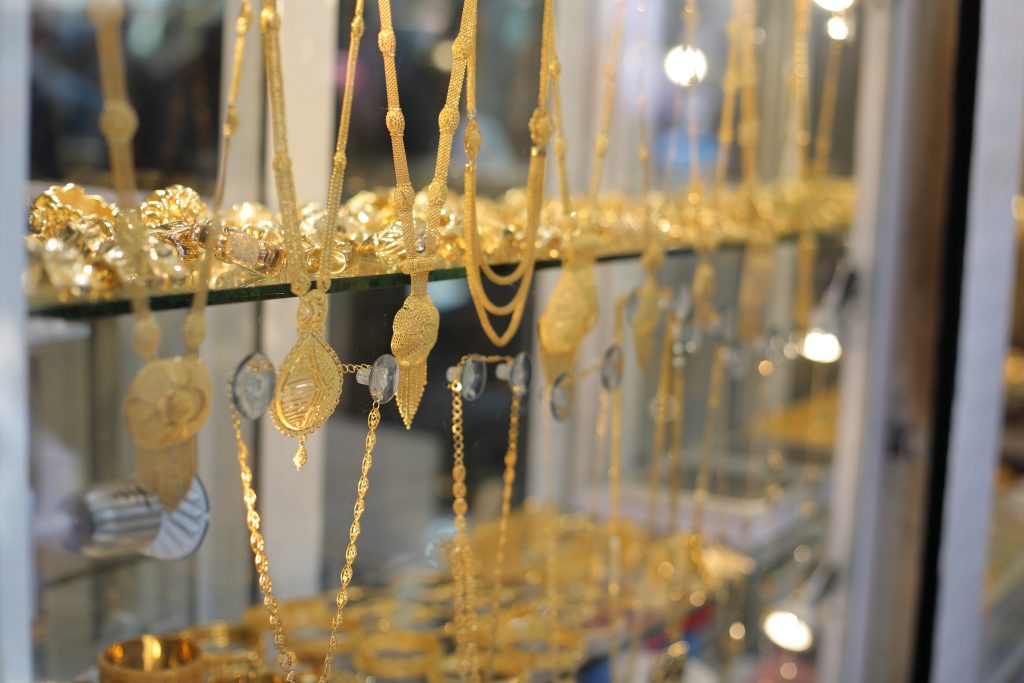
Senegalese Jewelry
Students will explore images of Senegalese gold and silver jewelry.
Gold in Ghana
In this lesson, students will be able to explain how gold (a natural resource) has shaped, defined, and symbolized Ghana’s history and culture.
Recycling in Senegal
Students will explore the relationship between manmade and natural resources and how recycling and repurposing can contribute to economics and cultural identities in Senegal.
Cacao in Ghana
In this lesson, students will learn about an important crop in Ghana, cacao, and how it grows.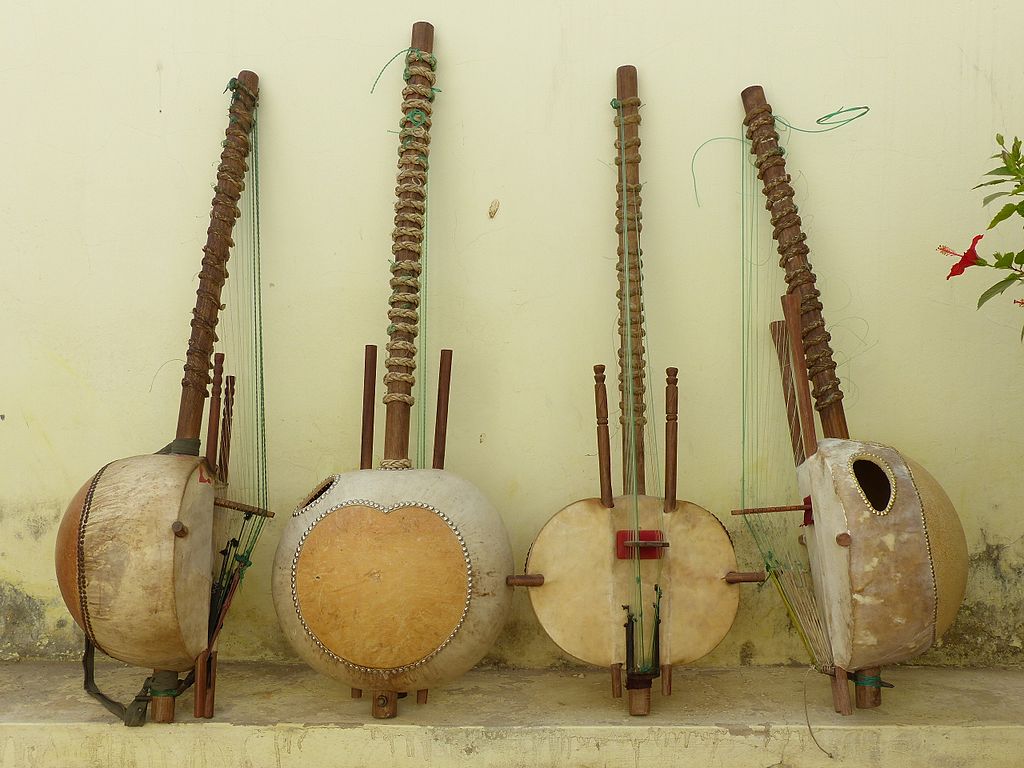
Griots and Koras
Griots are the gatekeepers of Senegalese culture, continuing the rich oral and historic traditions of the past. This unit will introduce the Griots’ musical instrument, the kora.
Ghana Morning Meeting Activities
We have created a set of slides to use as a share or as an activity in a K-5 morning meeting. All of the images in these slides relate to aspects of Ghanaian culture such as, art, communities, economy, history, nature, and more.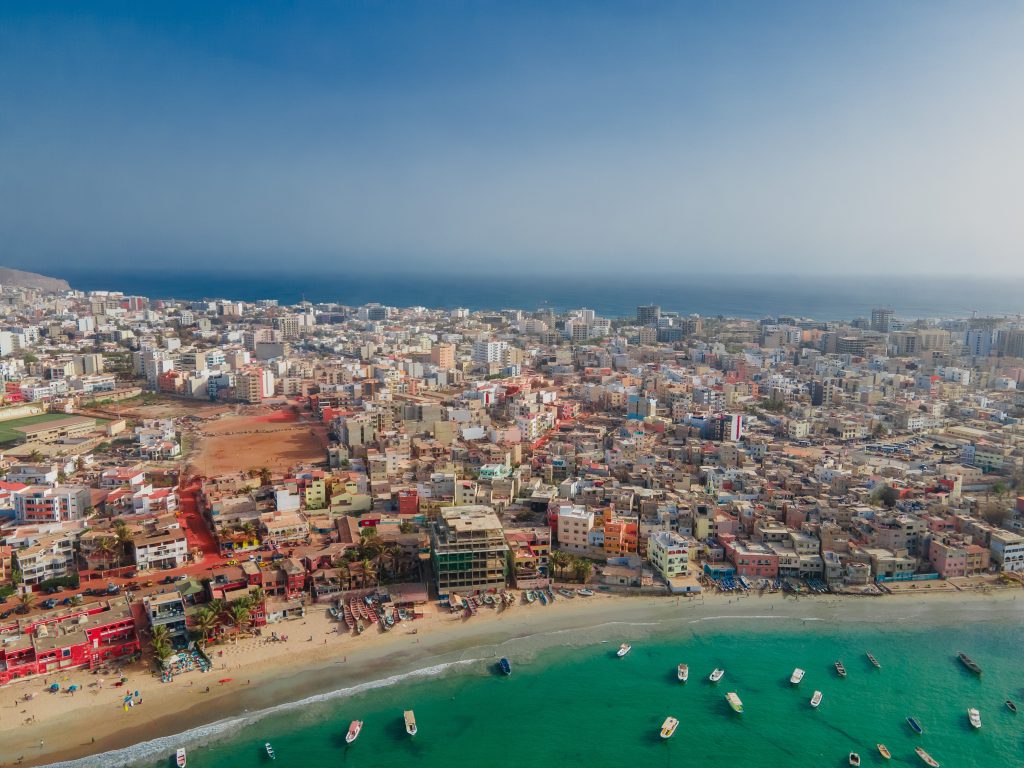
Dispelling Stereotypes about Ancient Senegal and Sundiata
In this lesson, students will learn about common stereotypes about Africa and the definition of stereotypes.
Proverbs from Ghana
Students will explore traditional Akan proverbs and the Adinkra symbols associated with them. They will make connections to familiar proverbs and sayings, and will create their own symbols for them.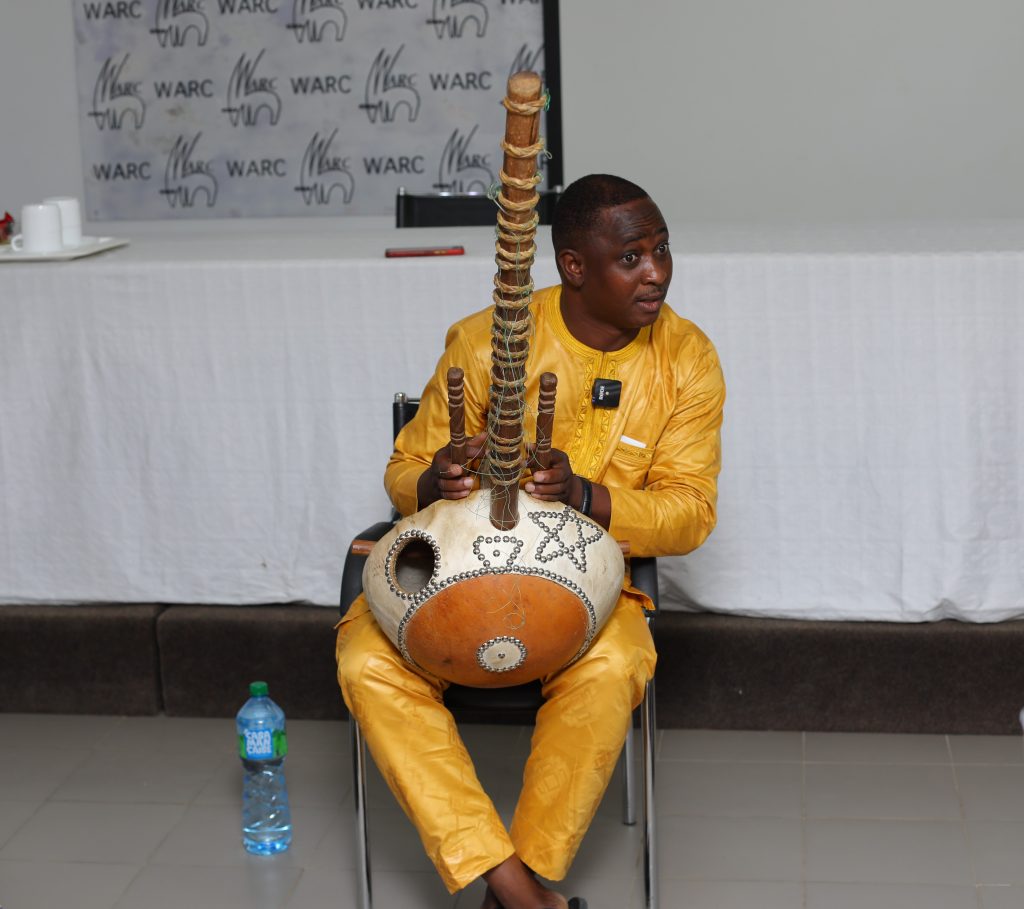
Griot Storytelling
In this lesson, students will learn the significance of the West African griot/jeli oral tradition and will be introduced to musical examples from Senegal.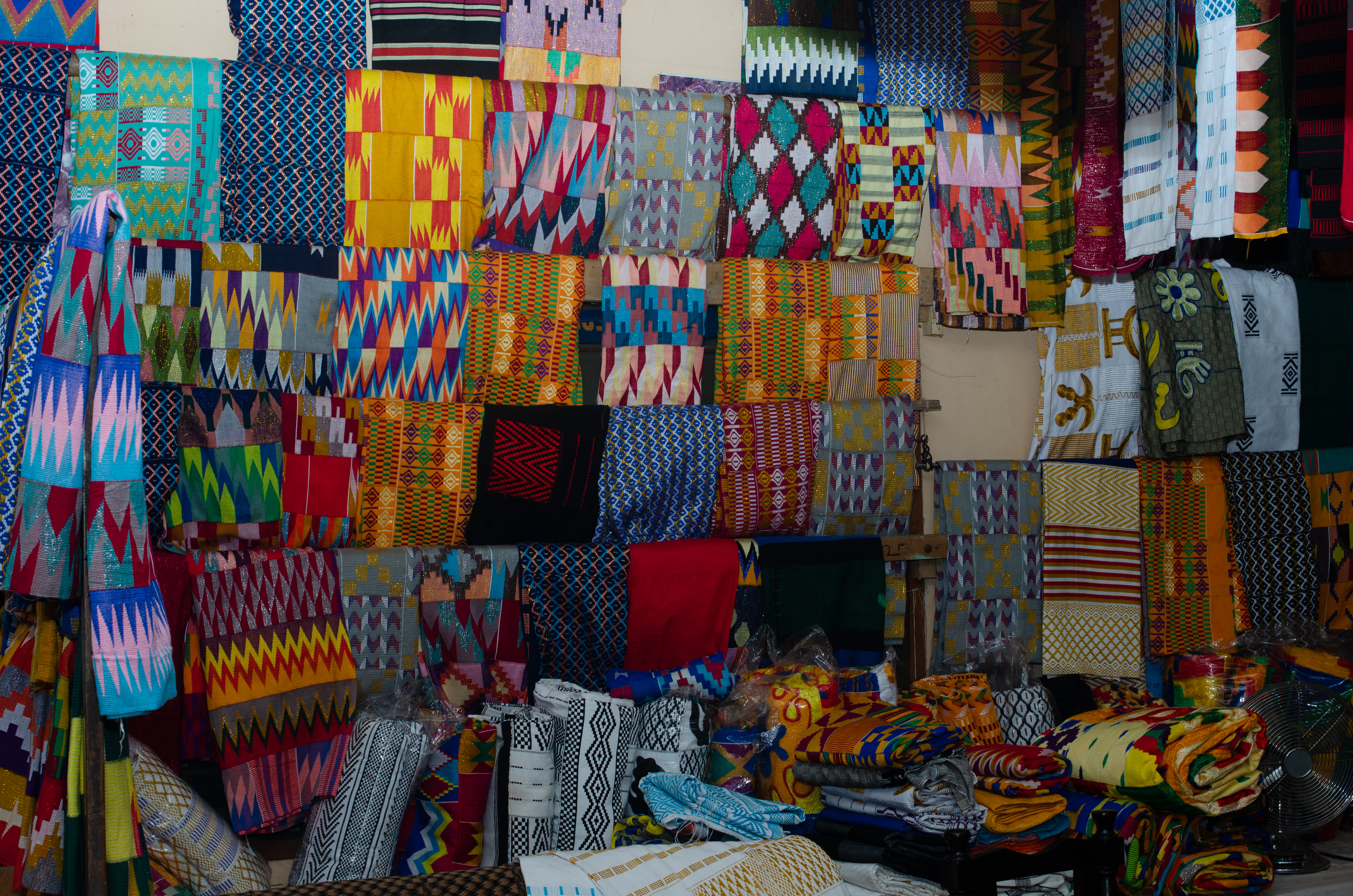
Adinkra Sketchbook Covers: Art
Students will learn about the Ghanaian art form Adinkra, whose meanings and symbolism offers insight into Ghana’s cultures.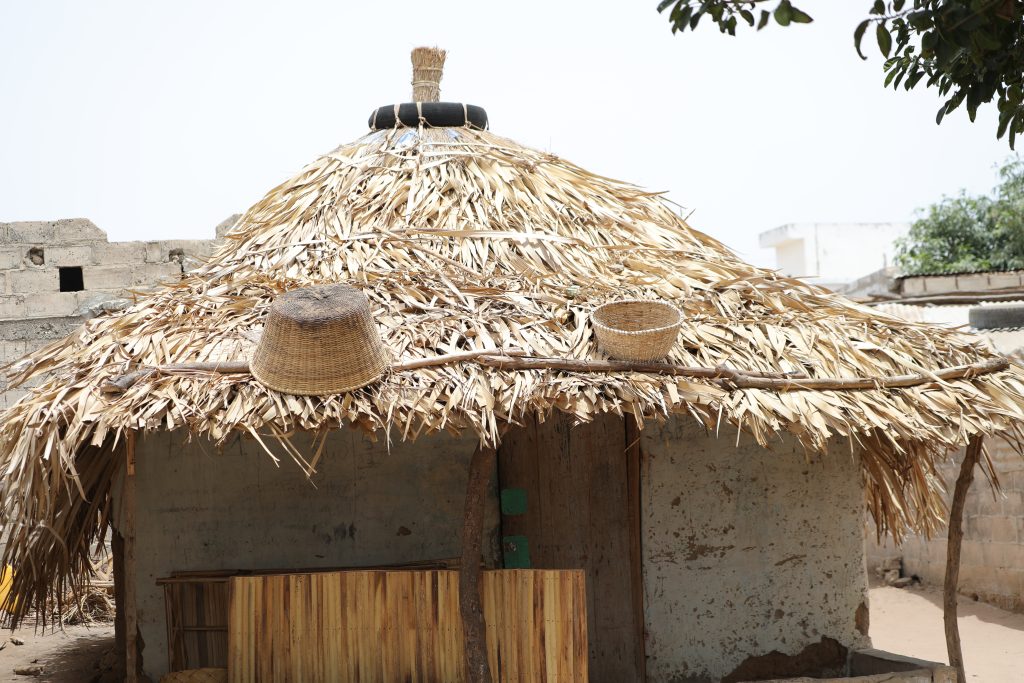
Music, Folktales, and Griots
In these lessons, students will learn about Griots’ traditional storytelling and about the stories of Anansi, the trickster spider from West Africa.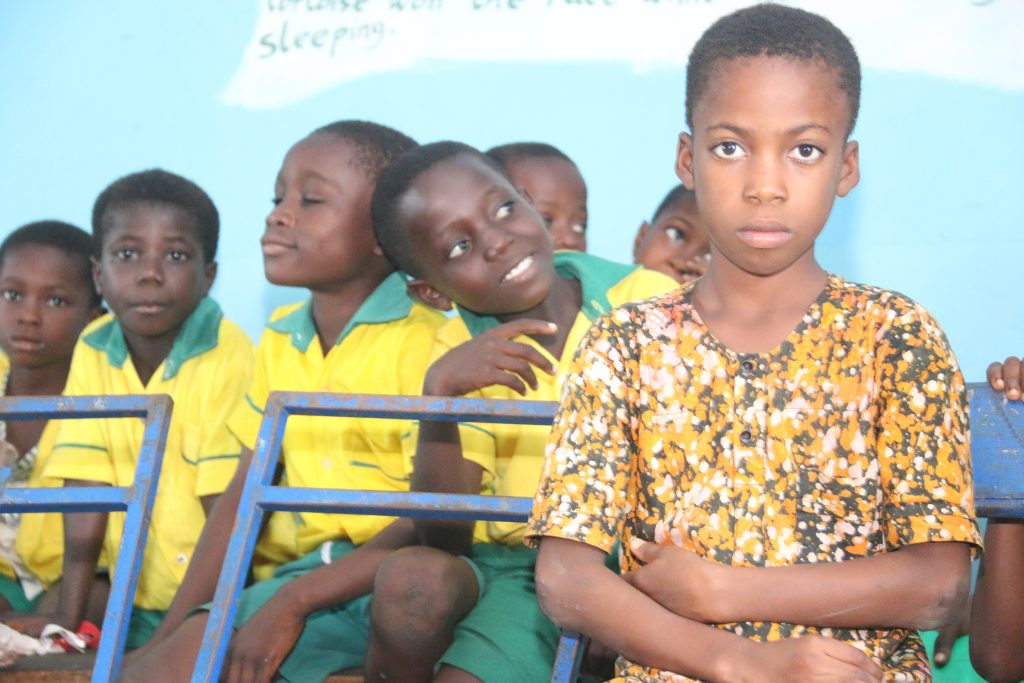
Akan Naming Tradition
In this lesson, students will explore the concept of names and their importance while learning about a Ghanaian naming tradition and its widespread cultural significance.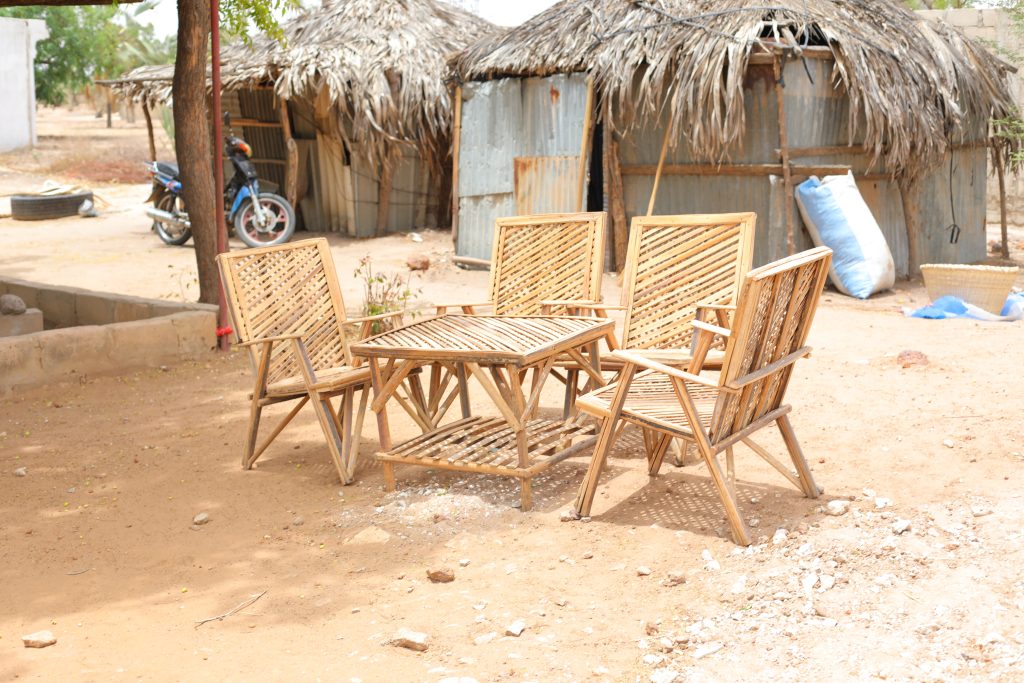
Handmade Art: Furniture
Students will learn about a rural furniture workshop, led by Saliou Thiaou in Palo and about the work of Oumane Mbaye, a Senegalese artist/designer in Dakar.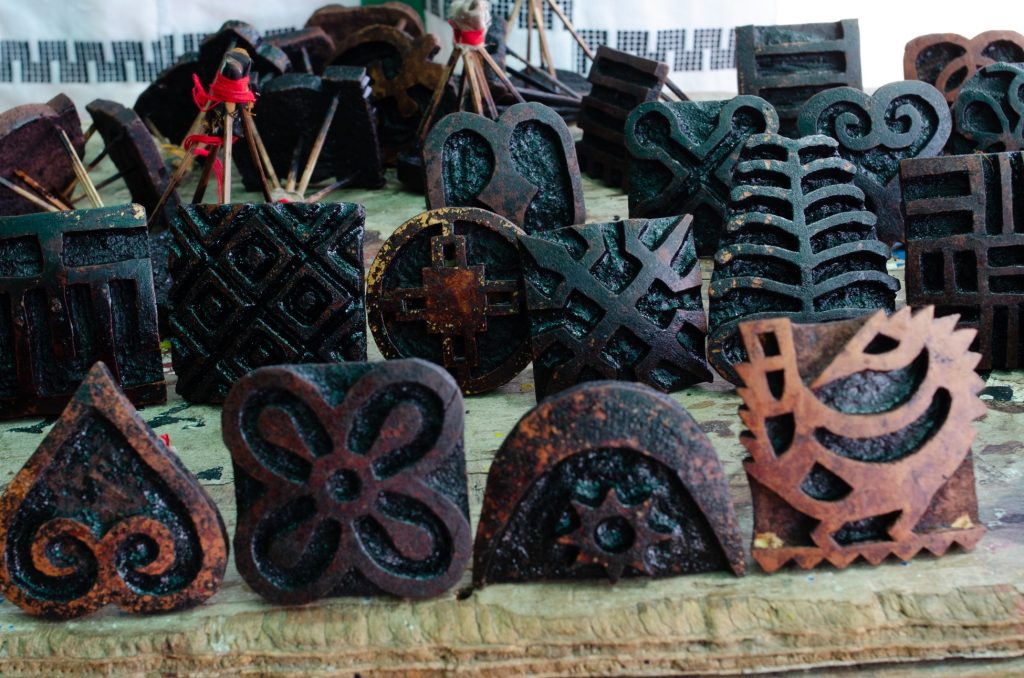
“Express Yourself”: Using Ghanaian Adinkra Symbols In Musical Compositions
In this unit of study, you will discuss the significance of symbolism in the Ghanaian culture and make connections to your school and students’ lives.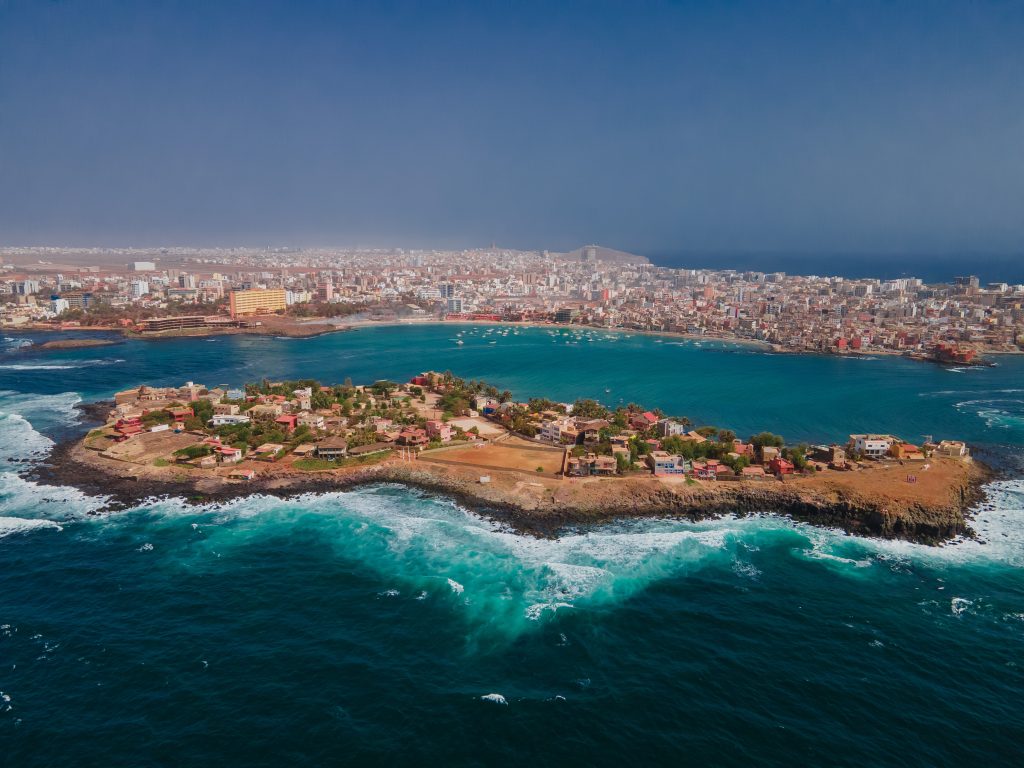
Omar ibn Said and Gorée Island
In this lesson, students will investigate and explore the story of Omar ibn Said and Gorée Island in Senegal.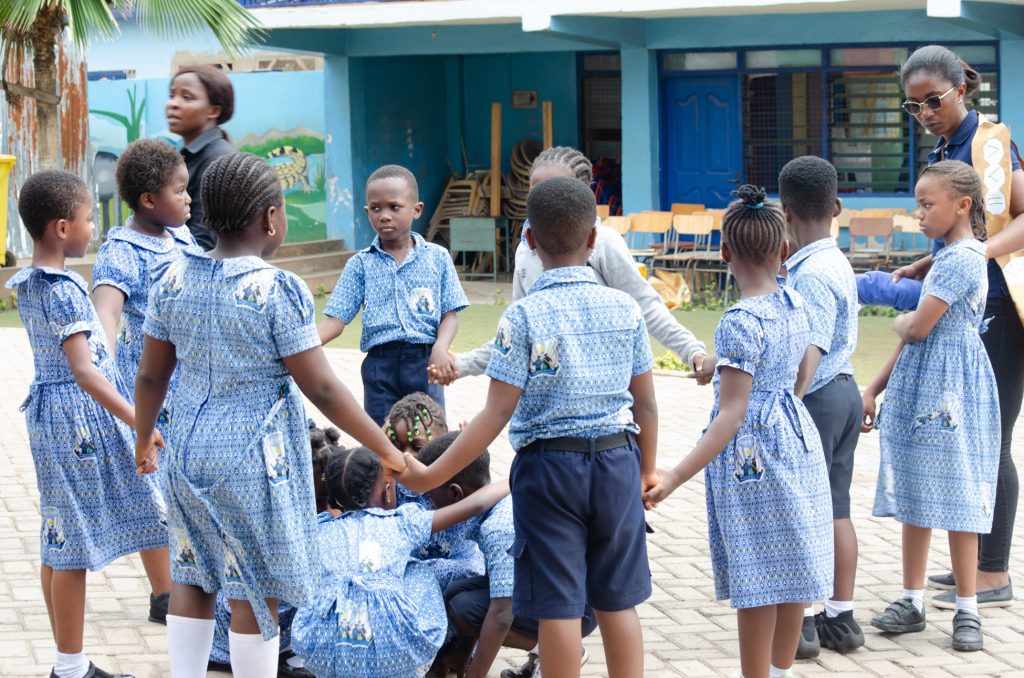
“What’s In A Name?”: Names Game Activities Based on Ghanaian Weekday Names
Names are an important part of a person’s identity. In this beginning of the year icebreaker activity, students will be able to learn about the significance of days of the week and naming ceremonies in the West African Akan culture of Ghana.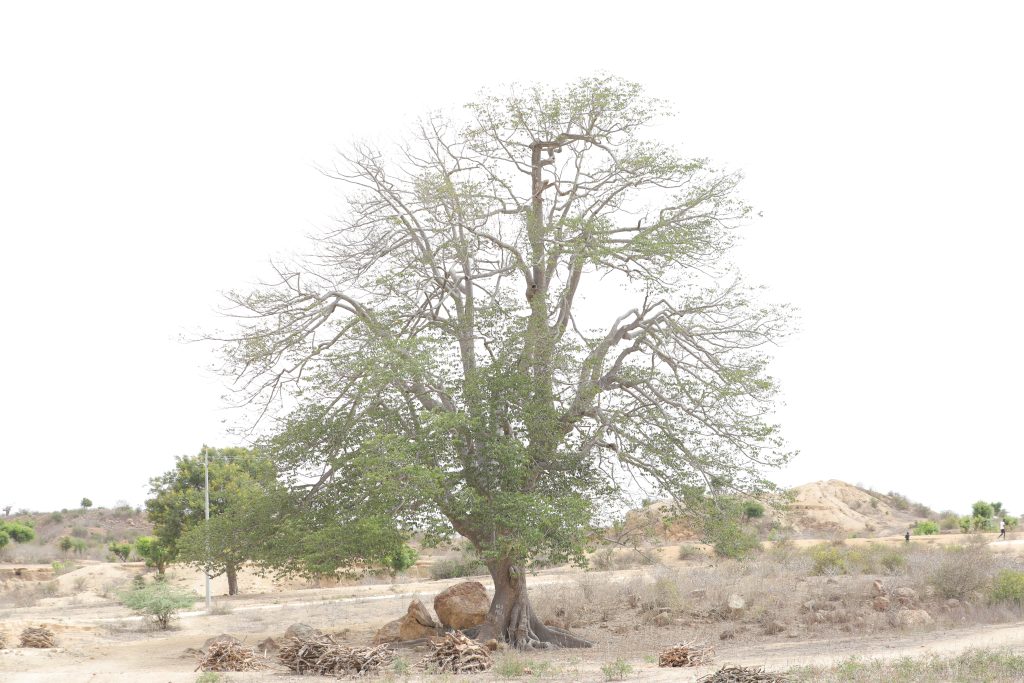
Musical Activities with The Talking Baobab Tree
In this lesson, students will listen to a West African folktale from Senegal and will collaborate as a whole class to arrange a musical performance to go with the story.
Children and School in Ghana
Students will examine the lives of children in contemporary Ghana, and will learn about schools they attend.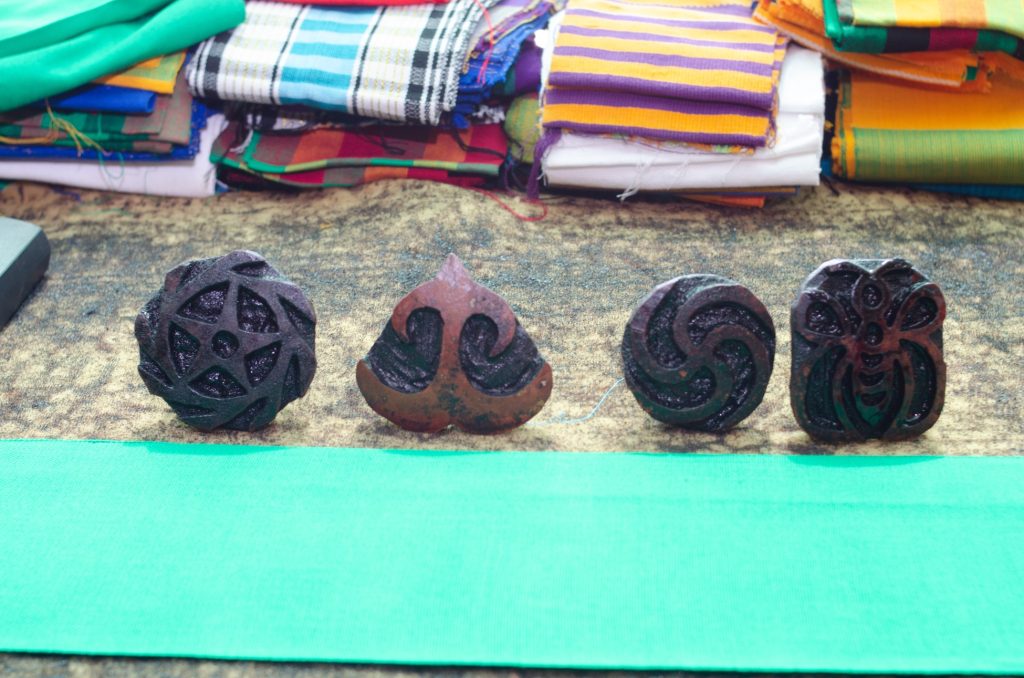
Adinkra Symbols
In this lesson, the students will be introduced to the Ghanaian art form called Adinkra.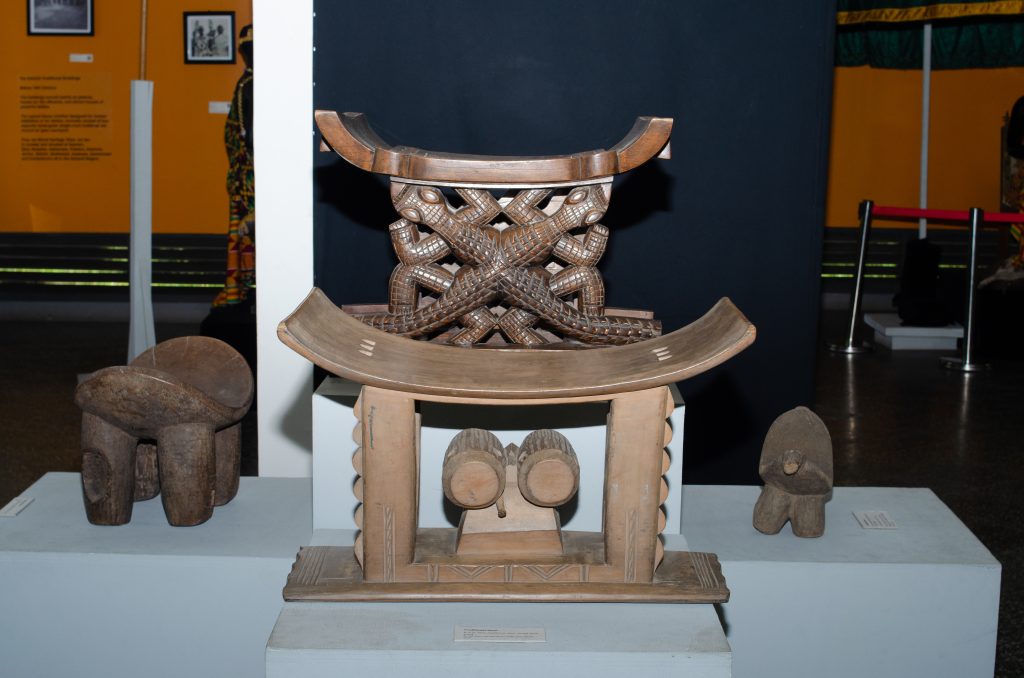
Exploring Ghanaian Royal Stools
In this lesson, students will learn about the cultural significance of Ghanaian royal stools, study the symbolic elements and patterns, and create their own 3D royal stool sculptures using mixed media.
